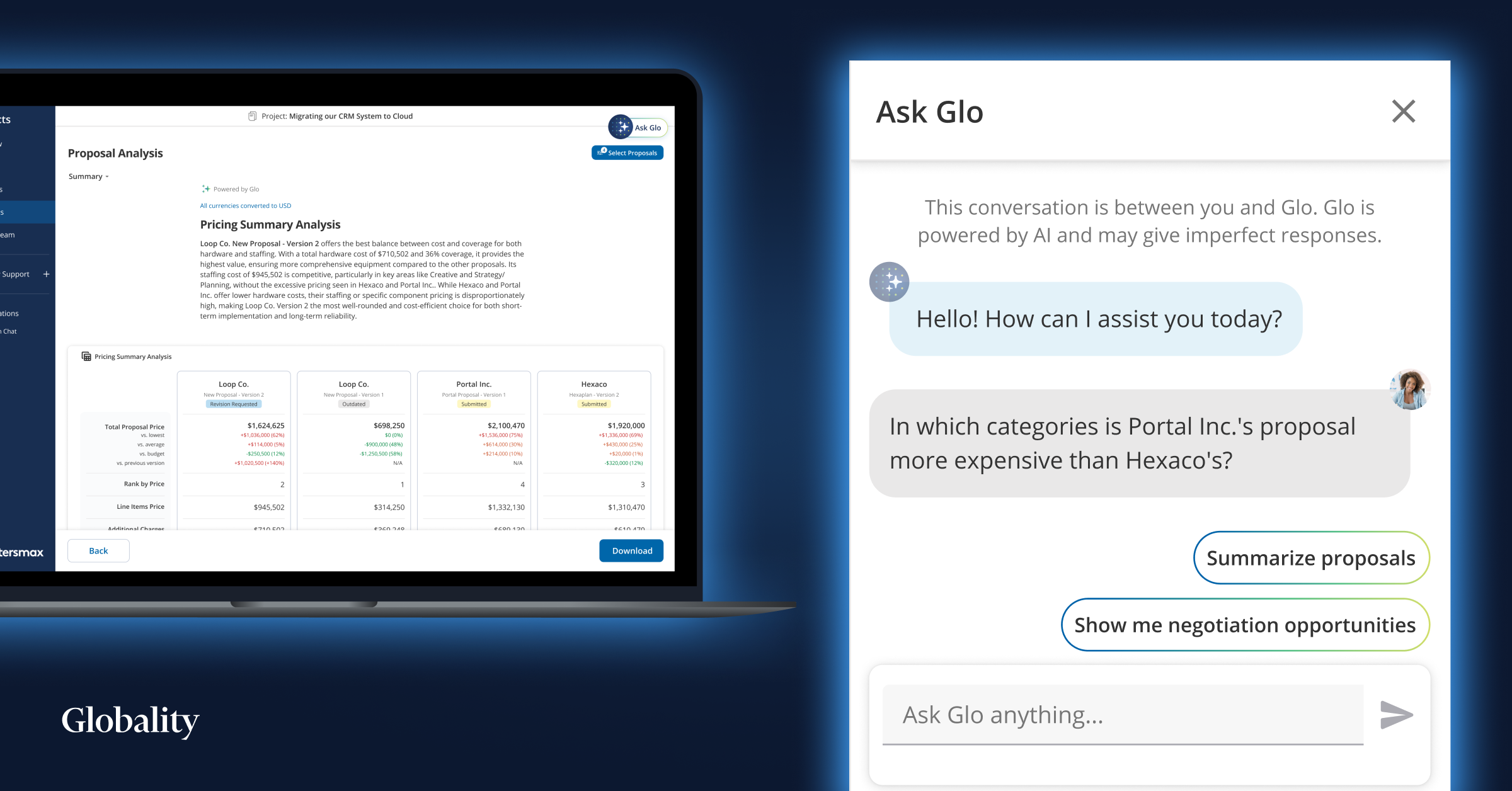Building a Best-of-Breed IT Ecosystem to Help Drive Enterprise Growth

The focus of the CIO has shifted dramatically in recent years from cost reduction to enabling their organizations’ most important strategic objectives. Meanwhile, the pace of technological change in this period has also accelerated greatly. These converging trends are driving technology departments to rethink how they deliver best-in-class products and services to their businesses and customers – vendor and supplier ecosystems are fast becoming a defining factor in achieving these goals.
As the technology landscape continues to rapidly expand and diversify, finding and engaging with the right vendors and suppliers becomes even more challenging. IT leaders must act now to clearly define how they want to engage with suppliers, and they need to be explicit, transparent, and consistent in articulating their requirements. It is only by taking these steps that IT departments will transform the quality and value of the services they receive and, ultimately, the services they deliver.
Benefits of Ecosystems
Technology departments operate across a spectrum – some work with just one or two major suppliers, whereas others may have hundreds delivering a range of products and services to support their needs. Often, these capabilities are provided in relative isolation, resulting in IT organizations not realizing the benefits that integrating them brings.
It is for these reasons that the new best-of-breed ecosystem sourcing model offers transformational benefits when implemented effectively; speed to market, agility, flexibility, and innovation improvements to name a few. To realize these benefits, IT departments need to get comfortable with signing more flexible contracts with multiple suppliers, enabling them to switch providers as and when the business demands, for example when expanding into new geographies and markets, and during M&A activity.
In this type of innovative ecosystem environment, the IT organization becomes an orchestrator, combining in-house capabilities with the ability to seamlessly integrate suppliers and their interactions with one another. This new role requires an agile approach, and it means the procurement mindset and processes must shift to prioritize enabling best-of-breed vendors, products, and services – multiple fit-for-purpose technologies that work together to deliver superior user experiences for customers, business users, and stakeholders.
Transforming Mindsets and Processes
Many procurement processes are cumbersome and time-consuming for everyone involved, often involving supplier contracts that can last many years. As IT teams lead the way in experimenting with modern ways of working by using ecosystems of suppliers that can be called upon as and when needed, procurement must also shift to innovative digital platforms that offer smarter and faster decision-making capabilities.
Successful procurement functions in complex supplier ecosystems need to have a much deeper understanding of technological and business-case dependencies, such as how one application provider might depend on consuming a set of services from an infrastructure provider. Organizations must consider those dependencies and ensure they are reflected in vendor agreements.
AI-driven procurement provides additional benefits to IT departments by giving tech and business stakeholders the autonomy to run the events they need at any time, whilst offering procurement visibility across all events so that they can get involved in those that are most important from a strategic, cost, complexity and risk perspective. Such platforms are infused with deep category, domain, and business expertise—augmenting the knowledge of the IT department experts running events to deliver enhanced sourcing and supplier management for complex services and software procurement.
Building Tomorrow's IT Function
Adopting this new approach, utilizing novel digital technologies to manage supplier sourcing and relationships, enables the IT organization to become a true ecosystem orchestrator. Enterprises can leverage the learning capabilities of AI-powered platforms to massively reduce the time it takes to perform tasks such as scoping and awarding work to the best suppliers.
Right-fit matching for providers becomes a real-time process, as opposed to taking weeks, and the re-use of technical requirements, contractual terms, and agreements is made extremely simple. For example, platforms can surface the relevant information from previous sourcing events, which business users can quickly amend and use on new projects—no more sifting through old RFP documents, email trails, and instant messages to find the information required.
One of the main benefits that AI-driven procurement offers is the ability to free up procurement talent to focus on value-added activities such as engaging with business and technical stakeholders early, gaining a deeper understanding of the context around individual sourcing events, and becoming a trusted advisor to the business for their most important requirements.
It is not an understatement to say that these days every business is a technology business; best-of-breed ecosystems of the right suppliers working in unison will become ever-more important to the long-term success of any company. Now is the time for CIOs and other leaders to lay the foundations throughout IT and procurement organizations to take advantage of the transformational benefits of ecosystems, underpinned by the technologies to best identify and manage suppliers across the enterprise.
Watch this introductory video showing how Globality helps companies select the best service suppliers at the right price, while at the same time prioritizing enterprise growth and supplier diversity.



